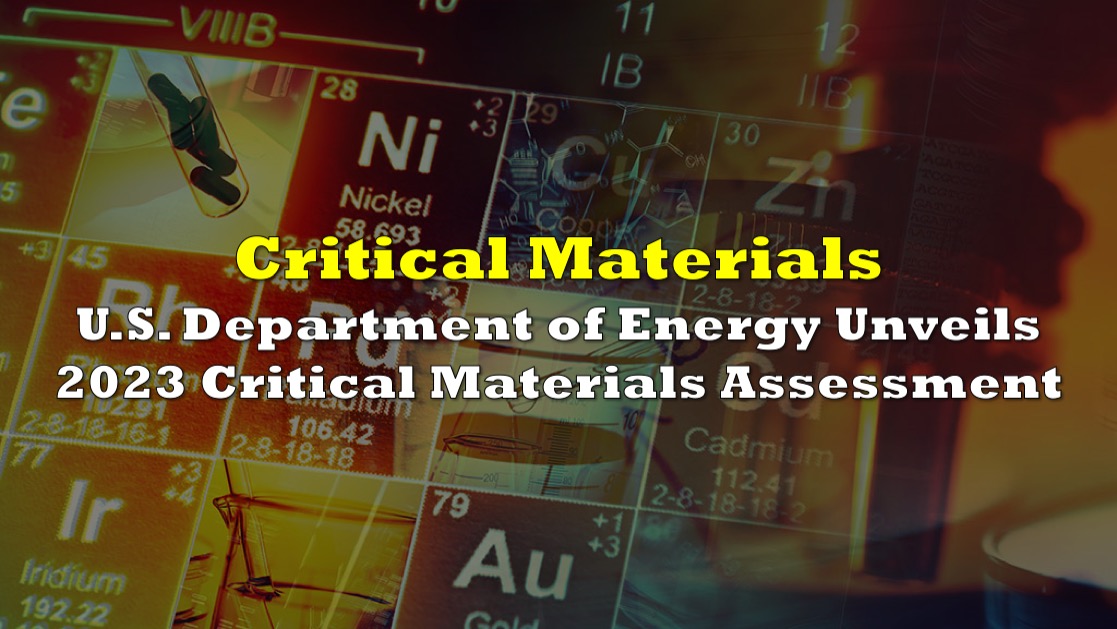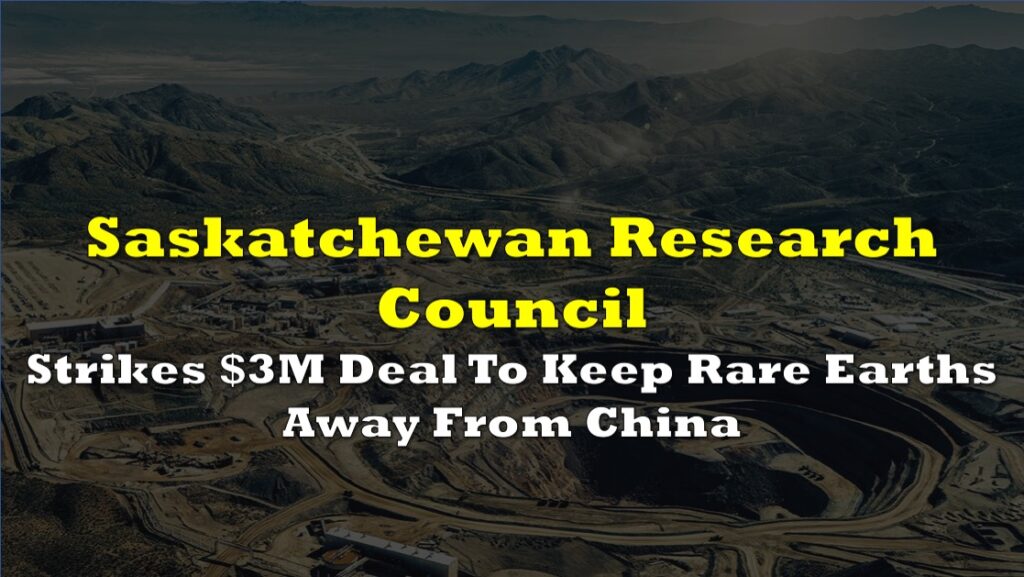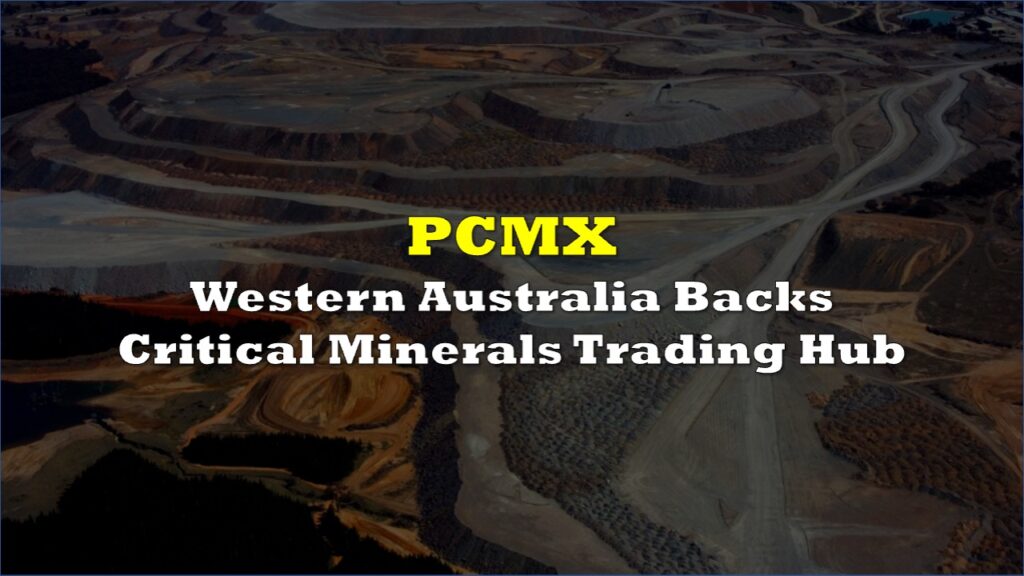The US Department of Energy (DOE) has recently released its highly anticipated 2023 Critical Materials Assessment (2023 CMA), a comprehensive evaluation of materials critical to global clean energy technology supply chains. This assessment plays a crucial role in shaping the future of clean energy technologies and will have a significant impact on DOE priorities and tax credits.
The 2023 DOE Critical Materials List has been determined based on the results of this assessment, outlining energy-specific critical and near-critical materials that will be crucial through 2035. These materials have been selected for their importance in clean energy technologies and their susceptibility to potential supply disruptions.

Among the highlighted findings from the assessment, rare earth materials, including neodymium, praseodymium, dysprosium, and terbium, are deemed critical, especially for their application in magnets used in electric vehicle (EV) motors and wind turbine generators. While dysprosium and terbium serve similar functions, terbium’s criticality is slightly lower due to its role as a substitute for dysprosium in high-grade magnets. Similarly, praseodymium is considered near-critical in the short term because it can be more easily substituted in magnets compared to neodymium.
Materials utilized in EV and stationary storage batteries are now classified as critical. Cobalt has been recognized as critical in previous reports, but lithium, due to its wide-ranging use in various battery chemistries and the rapid growth of the EV industry, is now also considered critical. Additionally, natural graphite is newly added to the critical materials list.

Platinum group metals, such as platinum and iridium, are critical for hydrogen electrolyzers, aligning with the increased focus on hydrogen technologies to achieve net-zero carbon emissions. Conversely, platinum group metals used in catalytic converters, like rhodium and palladium, are considered less critical in the medium term due to the reduced importance of catalytic converters.
Gallium remains critical for its applications in light-emitting diodes (LEDs), and its use has expanded in magnet manufacturing and semiconductors, particularly in the forms of gallium arsenide (GaAs) or gallium nitride (GaN).
Major materials like aluminum, copper, nickel, and silicon are projected to move from noncritical in the short term to near critical in the medium term, reflecting their increasing importance in the electrification process. This also marks the first time a US federal agency is characterizing copper as a critical material.
For the first time, a U.S. federal agency is following the EU, Canada, Japan, India, China and others by characterizing #copper as critical through its inclusion on the official DOE Critical Materials List.https://t.co/cMlMJkPwVu
— Robert Friedland (@robert_ivanhoe) August 2, 2023
Electrical steel, used in transformers for the grid and electric motors in EVs, is also classified as near critical due to its significance in these crucial components.
Given the global nature of material and technology markets, this Critical Materials Assessment takes into account a global scope while considering US domestic interests. The DOE aims to develop integrated strategies for addressing material-specific risks identified in this assessment.
This assessment builds upon previous Critical Materials Strategy reports, which have been ongoing since 2010, and complements other criticality assessments conducted by the US government, such as those performed by the US Geological Survey (USGS) on behalf of the US Department of the Interior. Furthermore, it builds on DOE’s February 2022 Clean Energy Supply Chain Reports.
The 2023 Critical Materials Assessment was managed and funded by EERE’s Advanced Materials and Manufacturing Technologies Office (AMMTO) and conducted in collaboration with Argonne National Laboratory and Idaho National Laboratory, with valuable input from members of the DOE Critical Minerals and Materials Science and Energy Technology Team.
Information for this story was found via the sources mentioned. The author has no securities or affiliations related to the organizations discussed. Not a recommendation to buy or sell. Always do additional research and consult a professional before purchasing a security. The author holds no licenses.









